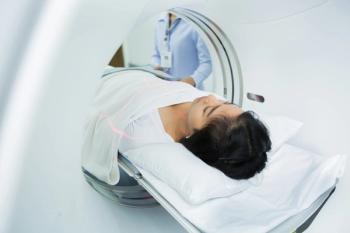Clinicians are using advanced imaging more often in the emergency room, particularly to investigate urinary calculus and headaches , says a study published in the Journal of the American College of Radiology. Researchers from New York School of Medicine in New York City and Emory University School of Medicine in Atlanta, Georgia, sought to assess the changing role of ED imaging for a spectrum of clinical indications. The researchers used 1996 through 2014 data obtained from the Agency for Healthcare Research and Quality's (AHRQ) Medical Expenditure Panel Survey. They computed the percentage of visits associated with various imaging modalities, stratified by respondents’ self-reported primary condition during the visit. Modality characteristics were assessed for conditions most frequently imaged in 1996 or 2014. The results showed there was significantly more frequent use of CT and MRI for most conditions. The largest growth was seen for CT or MRI in 2014, particularly for urinary calculus, which went from 0 percent to 48.5 percent, and headache, which rose from 17.5 percent to 33.3 percent. For ultrasound, the most commonly imaged condition was pregnancy in 1996 (32.9 percent) and 2014 (44.5 percent). No other condition was associated with ultrasound in more than 20 percent of visits. Radiography was most commonly used for extremity wounds and fractures, ranging from 84.5 percent to 90.2 percent in 1996 to 93.4 percent to 93.9 percent in 2014. Use of radiography decreased for urinary calculus from 67.4 percent to 24.2 percent. The researchers concluded use of advanced imaging in the ED has increased and in some cases, the imaging is adding to testing rather than replacing it. “That national patient survey data mirror traditional claims-based studies suggests an expanded role for patient-generated data in identifying areas of imaging utilization that may benefit from targeted optimization efforts,” the authors wrote.




























